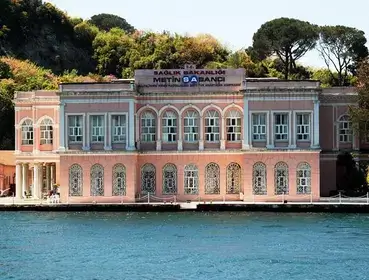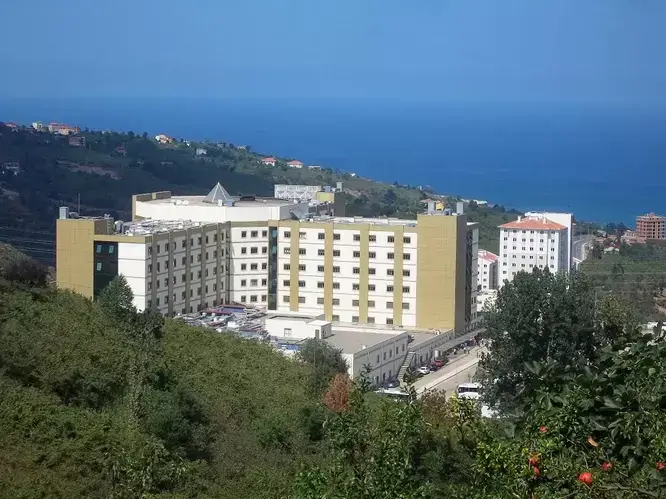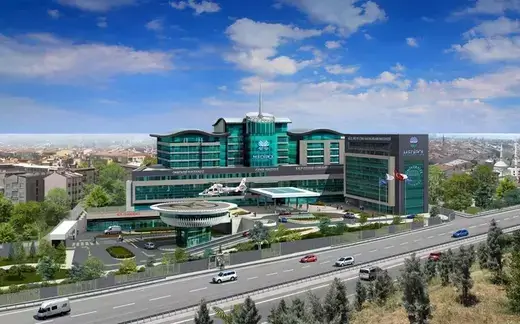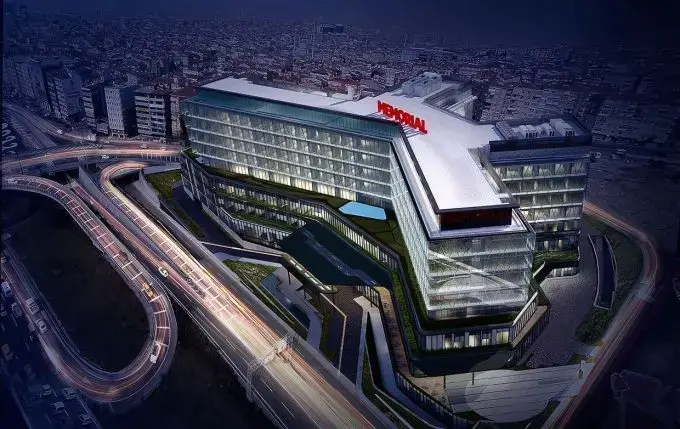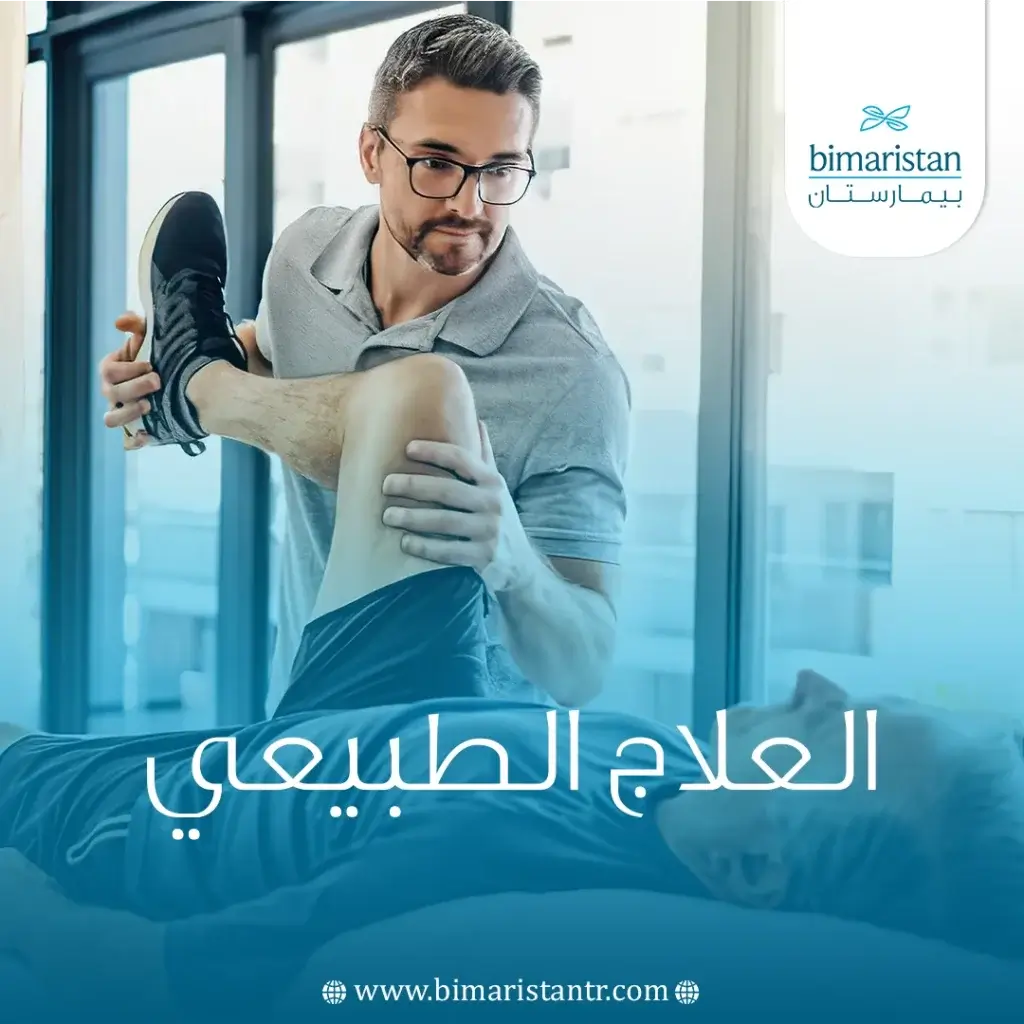تهدف جلسات العلاج الطبيعي في تركيا إلى تحسين جودة الحياة عبر تخفيف ألم العضلات والعظام وزيادة نطاق الحركة حيث يوجد في تركيا مراكز علاج طبيعي مزودة بأحدث الأجهزة.
العلاج الطبيعي في تركيا وأنواعه
يعرف تخصص العلاج الطبيعي بأنه أحد علوم الطب التي تهتم بالوظيفة الحركية للإنسان وفي عملية التعافي وإعادة التأهيل بعد الحوادث أو الإصابات الرياضية.
العلاج الطبيعي أو العلاج الفيزيائي physical therapy هو من التخصصات الضرورية لعلاج أمراض الجهاز العضلي الهيكلي وتأهيل مرضى الإعاقات الحركية والجلطات الدماغية.
يطلق على الشخص الذي يعمل بهذا المجال في تركيا “أخصائي علاج طبيعي” وهو طبيب حاز على شهادة من إحدى الجامعات التركية المتخصصة في دراسة المعالجة الفيزيائية.
اهتمت تركيا بشكل كبير بهذا المجال انطلاقاً من كونه أحد أهم الفروع الطبية التي تُعنى برعاية المرضى حيث عملت على توفير مراكز خاصة للعلاج الطبيعي مزودة بِأحدث أجهزة العلاج الفيزيائي وإعادة التأهيل كمركز العلاج الروبوتي بالإضافة إلى استحداث وحدة خاصة لإعادة تأهيل الأطفال.
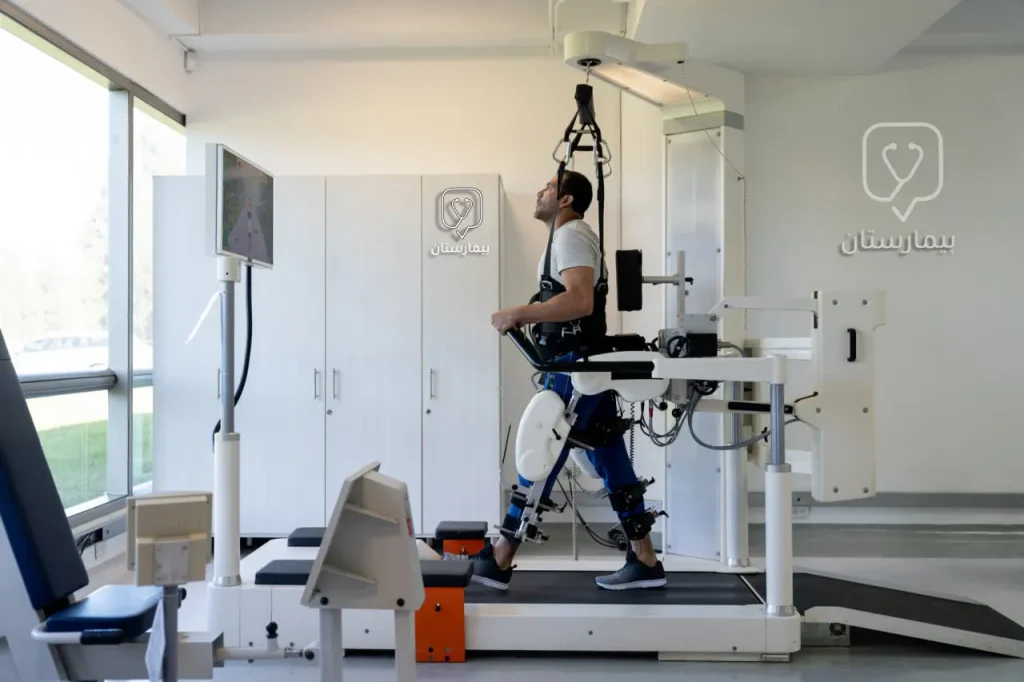
فوائد العلاج الطبيعي في تركيا
إن للعلاج الطبيعي فوائد كثيرة ومتنوعة تنعكس إيجاباً على صحة الفرد الجسدية والنفسية، فمن أهم فوائد العلاج الفيزيائي في تركيا:
- تدبير الآلام العضلية المزمنة
- تحسين نطاق الحركة ورفع مستوى الأداء الرياضي
- تسريع الشفاء والتأهيل بعد الحوادث والإصابات
- تحسين القدرة على التوازن لمنع الانزلاق والسقوط خاصةً عند الكبار
- التقليل من خطر حدوث الإصابات عند الرياضيين
- تأهيل مرضى الجلطات الدماغية المصابين بضعف عضلي أو شلل
- تأهيل الاطفال المصابين بدرجات من العجز الوظيفي
- زيادة الاستقلالية وتقليل الاعتماد على الغير في أداء النشاطات اليومية
- قد يكون العلاج الفيزيائي بديلاً عن الجراحة في تدبير بعض الحالات كالجنف
- استعادة أكبر قدر ممكن من الحركة عند مرضى الأطراف الصناعية
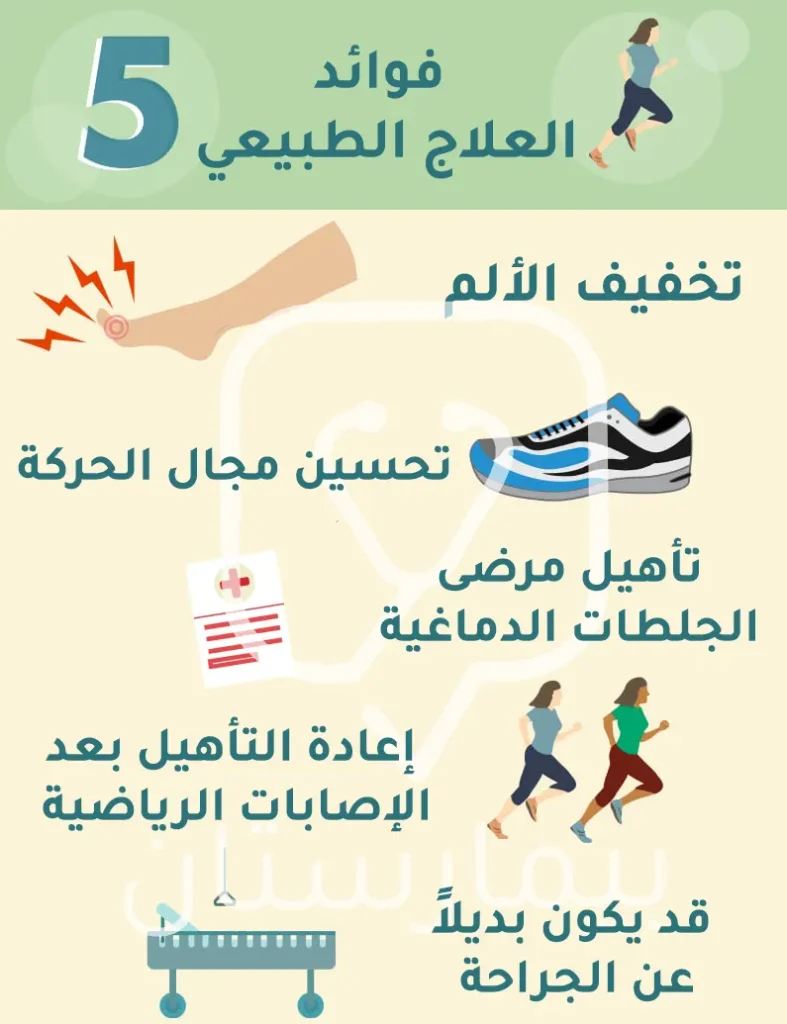
أنواع العلاج الطبيعي في تركيا
يقصد العديد من الأشخاص طبيب العلاج الفيزيائي بشكايات مختلفة تتراوح من الألم العضلي إلى أمراض مزمنة متعلقة بالدورة الدموية.
بسبب كثرة تفرعات العلاج الفيزيائي كان لا بد من تقسيمه لعدة أقسام وهي:
العلاج الطبيعي للأطفال في تركيا
يهتم هذا النوع بالتعامل مع مشاكل الأطفال منذ الولادة وحتى مراحل متأخرة من سن المراهقة، فقد يولد الطفل بأمراض خلقية تستدعي العلاج وإعادة التأهيل كالشلل الدماغي، تشوه الصلب المشقوق، الضمور العضلي، التوحد، متلازمة داون، بالإضافة إلى مجموعة كبيرة من الأمراض الأخرى.
وقد يصاب الاطفال خلال مرحلة النمو بأذيات عصبية تسبب تأخر في التطور الروحي الحركي عندهم كالتعرض لرض شديد على الرأس يسبب ضعف عضلي أو شلل.
يمكن عمل جلسات علاج طبيعي للأطفال إما في مستشفيات طبية متخصصة أو في العيادة الخارجية للطبيب أو في منزل الطفل تحت إشراف الأخصائيين.
العلاج الفيزيائي لأمراض الشيخوخة في تركيا
يعتبر من أكثر الأنواع أهمية وذلك بسبب كثرة الحاجة للعلاج الفيزيائي عند كبار السن نتيجة ضعف العضلات والمفاصل مع التقدم بالعمر.
يختلف العلاج الطبيعي عند الكبار عما هو عليه عند الفئات الأخرى وذلك لأن الكبار يميلون لكونهم أقل نشاطاً وأضعف قدرة على الحركة، يركز العلاج بشكل رئيسي على تمكين الشخص من عيش حياته بشكل أكثر استقلالية دون الاعتماد على الآخرين وإبقاء العضلات نشيطة لتجنب الضمور العضلي.
العلاج الطبيعي للنساء في تركيا
تمر النساء بظروف حياتية عديدة قد تستدعي الحاجة للعلاج الطبيعي كفترة النفاس التالية للولادة أو خلال الحمل، وقد تعاني بعض النسوة من آلام الحوض وهشاشة العظام في الفترة حول الولادة.
يندرج أيضاً تحت هذا الصنف الإصابات الرضية والحوادث والأذيات الرياضية، فهذا النوع يهتم بجميع المشاكل التي تصيب المرأة والتي تحتاج لإعادة تأهيل طبيعي.
يتألف فريق المعالجة الطبيعية للنساء في تركيا من طاقم نسائي كامل ذو خبرة بالعلاج الطبيعي عبر استخدام جميع الوسائل المتاحة في العلاج.
العلاج الفيزيائي للرياضيين في تركيا
يساعد هذ التخصص الرياضيين الذين تعرضوا لإصابات مختلفة ومن أهمها تمزق الرباط الصليبي الأمامي للركبة، خلع مفصل الكتف، مرفق التنس، تمزق أربطة الكفة المدورة.
لا يقتصر الأمر على الإصابات فقط، حيث يلجأ معظم الرياضيين إلى العلاج الفيزيائي للوصول إلى قمة أدائهم الرياضي حيث يساهم العلاج الطبيعي في تسريع الحركة وتمديد العضلات وتقويتها وإعطاء رشاقة أثناء الحركة.
العلاج الطبيعي لأمراض القلب والرئتين
يعتبر من المجالات النادرة للعلاج الطبيعي، يهتم هذا الاختصاص بالمرضى الذين يعانون من أمراض القلب الشديدة والذين يتطلعون لتحسين صحة العضلة القلبية عبر القيام بتمارين التحمل التي تحسن الدورة الدموية.
إعادة تأهيل الأشخاص الذين تعرضوا لسكتة قلبية من ضمن تخصصات هذا المجال أيضاً، بالإضافة إلى الأمراض الرئوية المزمنة كالربو والانسداد القصبي المزمن (COPD) عبر تعليم المرضى تمارين تساعدهم في التنفس وتقوية العضلات التنفسية وكيفية التعايش طويل الأمد مع تلك الأمراض.
العلاج الطبيعي العصبي في تركيا
يحتاج المرضى الذين أصيبوا بأذيات على مستوى الدماغ أو النخاع الشوكي المسببة لصعوبة بالقدرة على الحركة والتوازن إلى اعادة تأهيل عصبي تحت إشراف أخصائيين في علم الأعصاب والعلاج الطبيعي.
يوجد اضطرابات عصبية عدة تستدعي العلاج الطبيعي العصبي منها: السكتة الدماغية المفاجئة وهي أشيع الحالات، مرض التصلب المتعدد، الشلل الدماغي، الألم الليفي العضلي، عرق النسا.
وسائل العلاج الطبيعي في تركيا
يوجد أساليب عدة يلجأ إليها اخصائي العلاج الطبيعي في تركيا ويعتمد تحديد الوسيلة المناسبة على نوعية الإصابة وحاجة كل شخص.
كما ذكرنا سابقاً فإنه يوجد العديد من أساليب العلاج الطبيعي نذكر أهمها:
العلاج الفيزيائي بالتمارين
تساعد التمارين البدنية في تحسين قوة العضلات ونطاق الحركة والمرونة، قد تكون الحركات فاعلة بمعنى أن الشخص يقوم بحركات معينة من تلقاء نفسه كالجري وقد تكون منفعلة بمعنى أن الطبيب يطلب من الشخص الاسترخاء ليقوم هو بعملية التحريك كقيام المعالج برفع الساق لتمديد أربطة الركبة.
يمكن إجراء العلاج الفيزيائي بالتمارين الحركية ضمن مراكز خاصة أو في المنزل باتباع نظام تمارين محدد من قبل المعالج الطبيعي.
العلاج بالحرارة
تفيد الحرارة في تنشيط الدورة الدموية وزيادة تروية العضلات بالدم مما يساهم في إرخاء العضلة والتقليل من الشد العضلي، تستعمل الحرارة لتسكين الألم عند الإصابة بالالتواءات والإجهاد العضلي.
يقوم أخصائي العلاج الطبيعي بتطبيق الحرارة إما عبر استعمال وسائل بدائية رطبة كالكمادات والوسائد الساخنة التي توضع على سطح الجلد، أو عبر الوسائل الجافة الحديثة كالأجهزة التي تطلق أشعة تحت حمراء.
جهاز الموجات فوق الصوتية للعلاج الطبيعي
له مبدأ مشابه للعلاج الحراري الذي ذكرناه سابقاً لكنه يتميز بتسليط الحرارة بشكل أكثر عمقاً مما يسرع من العمليات الحيوية وإصلاح التمزقات العميقة بالأنسجة.
تعتبر من التقنيات المستخدمة بشكل شائع عند الرياضيين المصابين بتمزقات عضلية حيث يقوم طبيب العلاج الفيزيائي باستخدام جهاز التراساوند للعلاج الطبيعي وتمريره على مناطق الإصابة.
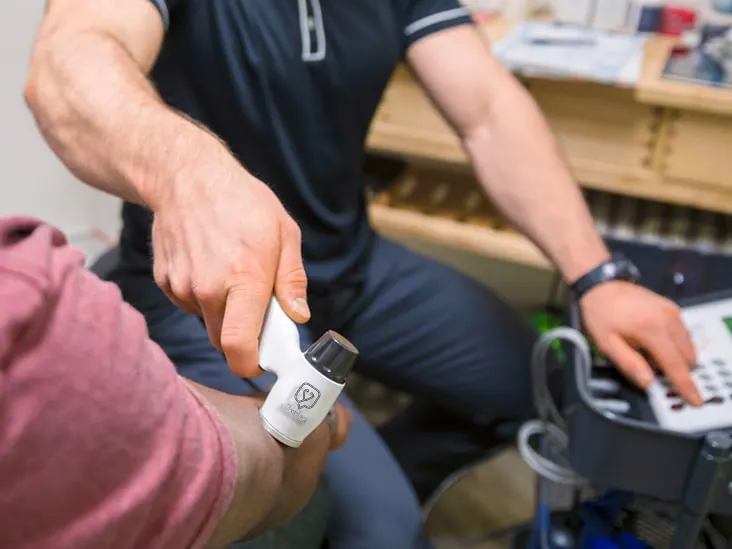
العلاج الطبيعي بالكهرباء
تكون خلايا جسم الإنسان مشحونة كهربائياً بشكل متوازن بشحنة سالبة داخل الخلية وشحنة موجبة خارجها، ينتج عن اختلال هذا التوازن ألم في منطقة الإصابة يتم علاجه بجهاز التحفيز بالموجات الكهربائية.
يفيد أيضاً استخدام اجهزة العلاج الطبيعي الكهربائية في استعادة قوة العضلات وتأهيلها بعد عمليات الركبة وفي حالات الشد العضلي، لكن يجب الحذر من استخدام هذه الأجهزة عند الأشخاص الذين أجري لهم تركيب جهاز منظم لضربات القلب وعند المرأة في الثلث الأول من الحمل.
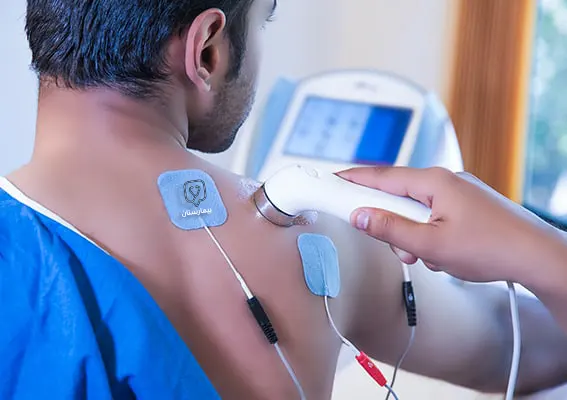
العلاج الفيزيائي بالليزر
يؤدي تسليط الليزر ذو الطول الموجي المحدد إلى تسريع عملية شفاء والتئام الجروح، لا يسبب الليزر عادةً أية ألم وتستغرق فترة العلاج عدة دقائق عبر القيام بتسليط عصى ليزرية على منطقة الجرح.
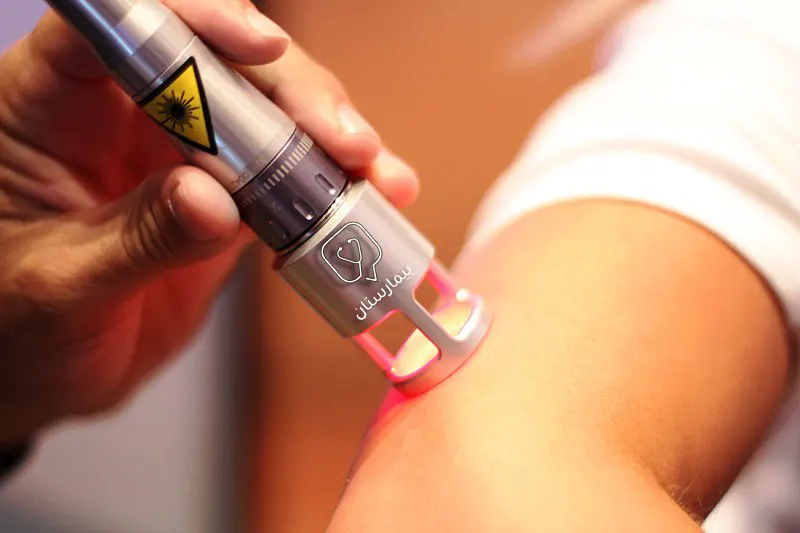
العلاج الطبيعي بالثلج
إذا كنت تعاني من إصابة حادة فقد تلاحظ أن وضع كمادات باردة أو قطع ثلج على منطقة الإصابة يخفف من الألم ويقلل التورم، غالباً ما تستخدم هذه الطريقة العلاجية في المراحل الأولية بعد الأذية لتقليل الالتهاب حيث أن انخفاض الحرارة يثبط جريان الدم.
أضرار جلسات العلاج الطبيعي
لا ينطوي العلاج الطبيعي physiotherapy عادةً على مخاطر أو أضرار في حال تم إجرائه من قبل أخصائي ذو خبرة معتبرة، من الممكن في بعض الحالات النادرة أن يسبب العلاج الفيزيائي نتائج غير مرغوبة ومنها:
- تزايد في شدة الألم
- النتائج الغير مجدية للعلاج فلا وجود لتحسن في مجال الحركة أو ازدياد بالمرونة
- السقوط خلال أداء تمارين العلاج الفيزيائي مما قد يؤدي لكسور عظمية
- احمرار أو حروق جلدية مكان تطبيق العلاج الطبيعي الحراري أو الكهربائي
- تسارع بدقات القلب ومعدل التنفس والذي قد يشكل خطراً على مرضى القلب
أسعار جلسات العلاج الطبيعي في تركيا
يختلف سعر جلسات العلاج الطبيعي في تركيا باختلاف وسائل المعالجة التي يحتاجها المريض وعدد الجلسات، فقد تبدأ تكلفة العلاج الطبيعي في أحد المراكز في اسطنبول من 7 آلاف دولار أمريكي للشهر الواحد، بينما تكون التكلفة في مركز علاجي آخر أقل أو أكثر من ذلك، يمكنك التواصل معنا لطلب تفاصيل أكثر عن السعر ولإرشادك لأفضل مراكز العلاج الطبيعي في تركيا.
حالياً نحن نعمل في مركز بيمارستان الطبي على تقديم المساعدة للمريض عبر إرشاده إلى أفضل أماكن العلاج في تركيا التي تناسب حالته وبأرخص التكاليف.
تجربتي مع العلاج الطبيعي
تعرض “تيم هيتز” وهو طفل يبلغ من العمر 14 سنة إلى حادث مروع أدى لإصابته بكسور مركبة في عظام الساق مع خلع في عظم الحوض وتمزق بالرباط الصليبي الأمامي للركبة.
دخل تيم في غيبوبة استغرقت عدة أيام بعد الحادث وبقي بغرفة العناية المشددة لعدة أسابيع، بعض الأطباء نصحوا بإجراء عملية البتر بسبب الضرر الكبير الذي لحق بساق تيم لكن أمه رفضت ذلك.
يشاء الله أن يستيقظ تيم من غيبوبته ويبدأ بالتعافي، حيث يروي المريض تجربته مع العلاج الطبيعي بعد الحادث فيقول:
“لا شك أن تلك الحادثة كان لها تأثير كبير للغاية لكني إرادتي للعودة لحياتي السابقة والوقوف مجدداً على قدماي وركوب الدراجة مجدداً كانت أكبر، بدأت بالعمل مع المعالج الطبيعي الذي رافقني لعدة سنوات من خلال جلسات علاج طبيعي لساقي المصابة عبر إجراء تمارين حركية عديدة ومعالجة فيزيائية لإعادة تأهيل ساقي بوسائل مختلفة، بعد مضي سنوات من العلاج الفيزيائي تمكنت من العودة للوقوف والجري والقيام بالنشاطات التي لطالما كنت أقوم بها قبل الحادث.”
المصادر:
